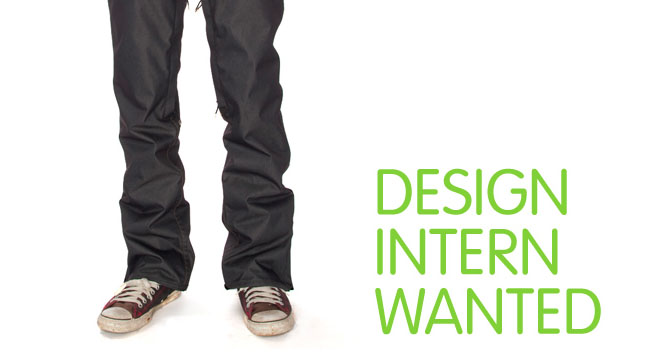Having decided that my first contribution to the design community would not be a sterile technical article but something that could reach beyond our all-knowing-decision-taking cortex all the way down to the limbic system, I decided to share what has been my first “industry experience” as a senior student within a product design company based in Milan. Make no mistake, all this is just short introspective journey, a objective overview of happenings which hopefully would produce bespoke results for each reader, or so I hope.
First and foremost, if asked about the process of getting into a company, I will be straight forward: there are thousands of students just like you or me or even better, who apply and do not get an answer. Why is that?
I can tell you from the “inside” the mass of applicants is overwhelming, and with time being a key factor in design, who would spare some for reviewing endless portfolios? Getting a placement or a job is more than sending an email, is more than making a phone call. I have heard some send cup-cakes by post along with a somewhat inventive portfolio, but reality has showed me they usually end up in the bin, except the cupcakes of course.
Then how do we attract attention towards ourselves? What makes you better than others? I believe we developed a handicap of communication, whereas designers should have their professional nucleus in communication.
The medium on which you do it bears only half of the story. People gather around other people when they believe what others believe. Our common target is not industrial design; the human being is built to group around common, fundamental beliefs, expressed through personal or professional actions. A solid studio has a team based on its beliefs, it is a dynamic organism that accepts other members based on more than just a skill-set. Always ask yourself what drives you, what’s the “why” that makes you do what you do, and the channels of communicating that to your future team will be clear and obvious.
I have spent 5 months amongst people with whom I had nothing in common, designing products that had no rationale behind them other than cost-effectiveness. Ask yourself what type of a designer you want to be. Are you sure you want to give 9 hours/day of your life to a chair with a computer screen in front of it? Is the outcome of your work even worth remembering after its finished? Why does the world need another kettle, or chair? Different studios have different design approaches, but there is a high chance that if not chosen wisely, you will be no more than a CAD robot designing for the injection molding machine. That being said, always visit your future team and environment before signing any contract, human interaction is vital to assess if you will be able to grow on all levels. Don’t rush it!
The last thing I want to talk about is reward. Passionate as you may be, Maslow’s pyramid of needs will always apply to you. Enthusiasm alone keeps you working until the inevitable downgrade on the scale of fulfillment happens. Platonic principles of working for the sake of the experience wear off quickly, and it is a fact you must face early on. Reward is not only about money, but it should include a tangible outcome. Always negotiate your way into a form of reward. I believe that a company leader without such principles is not even worth considering as a future boss. As strange at it may seem, demanding reward in the right circumstances can even decisively separate you from the servile student typology, and on the long term, may even give you a job. I close urging you to ask yourself over and over again, “Why?”, and eventually everything will fall into place.
Article Writte By: Julian C. Caraulani, a Romanian Product Design student from Coventry University, UK. His design approach relies on a interdisciplinarity that seeks gathering people with shared beliefs, passion and visions towards professional, meaningful projects. His website is www.caraulani.com and email caraulani@yahoo.com


